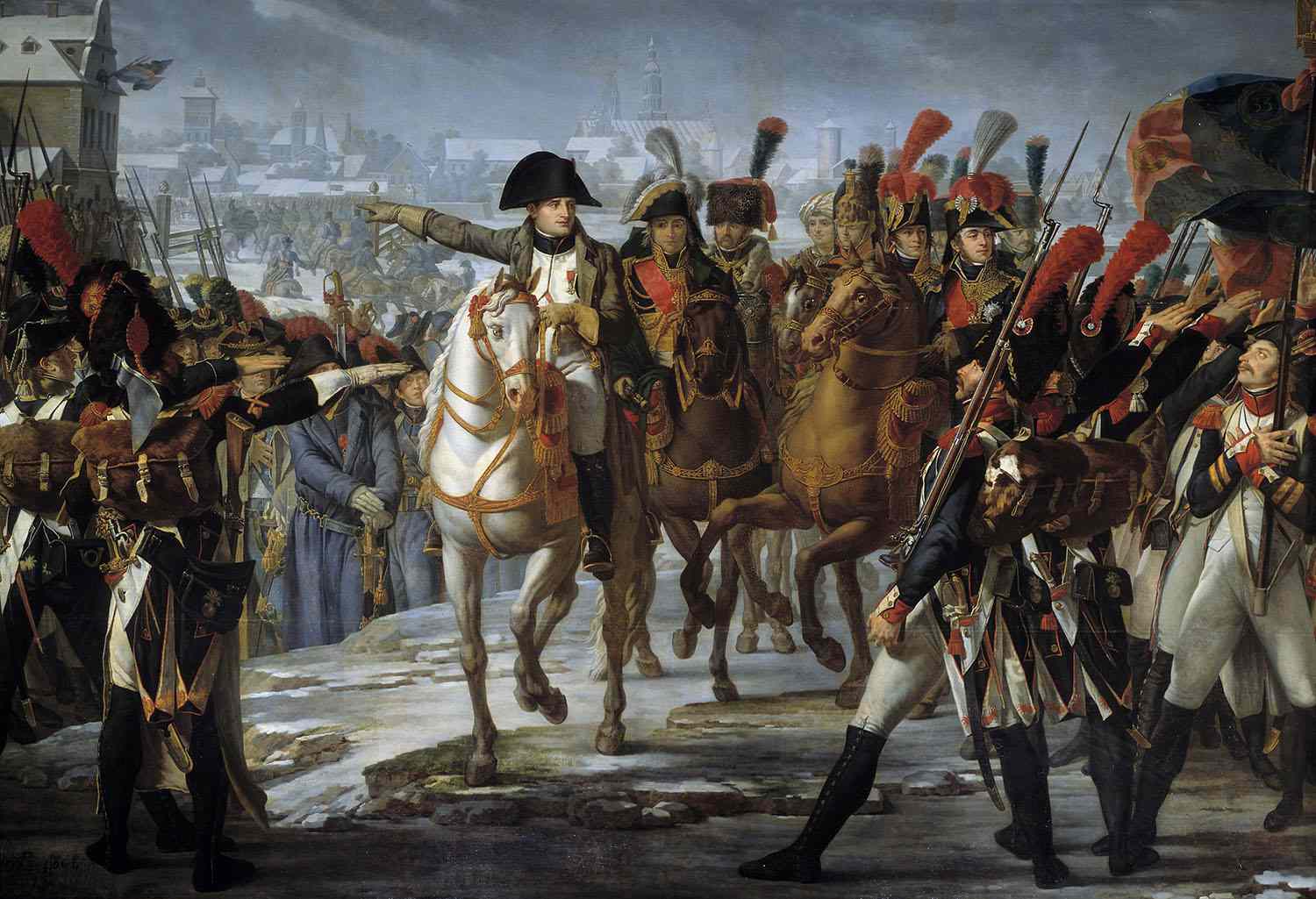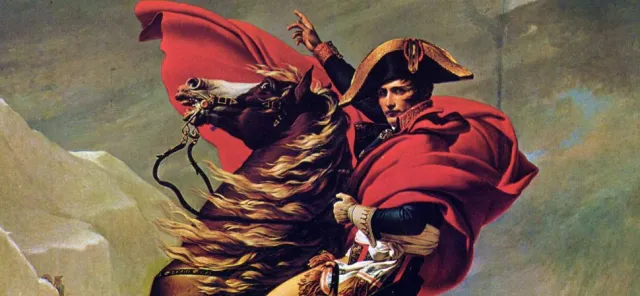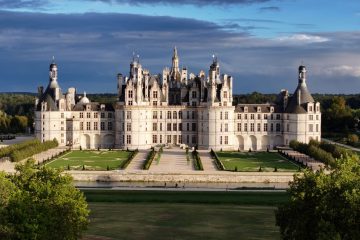
The influence of Napoleon Bonaparte on Europe’s castles
Europe’s castles, symbols of history, power, and architectural prowess, have witnessed many significant events. Among these, the influence of Napoleon Bonaparte stands out remarkably. His impact on the continent, including its castles, was profound and far-reaching. As you explore the castles of Europe, understanding Napoleon Bonaparte’s role provides deeper insight into their historical significance and transformations.
The early impact of Napoleon Bonaparte
Napoleon Bonaparte, a military genius and influential leader, reshaped the political landscape of Europe in the late 18th and early 19th centuries. Moreover, his campaigns and the resulting Napoleonic Wars brought about substantial changes in territories and governance. Castles, often central to military strategy and noble residence, were directly affected by his actions.
During Napoleon’s reign, many castles were repurposed. Authorities converted fortresses that had been symbols of feudal power into military garrisons, storage depots, or administrative centers. Furthermore, the strategic importance of controlling key strongholds across Europe necessitated this repurposing. Napoleon Bonaparte’s emphasis on military efficiency often led to the reinforcement or modification of castle structures to suit modern warfare needs.

Napoleon Bonaparte’s architectural influence
Napoleon’s impact extended beyond mere military utility. His era witnessed a significant shift in architectural styles and preferences. The neoclassical style, which was popularized during his reign, influenced many restoration projects and new constructions. This style, characterized by grandeur and symmetry, found its way into the modifications of several castles.
Restorations under Napoleon’s rule often involved integrating neoclassical elements, thus blending medieval fortifications with contemporary design. Castles such as Château de Malmaison, which served as a residence for Napoleon and Josephine, epitomize this blend of styles. The château underwent several renovations to reflect the tastes and aesthetics of the Napoleonic era, making it a unique historical site.
Napoleon Bonaparte and the preservation of castles
Despite the extensive military use of many castles, Napoleon Bonaparte also played a role in their preservation. Recognizing the cultural and historical value of these structures, people made efforts to maintain and protect them. Authorities declared some castles national monuments, ensuring their preservation for future generations.
For instance, Château de Fontainebleau, a favorite residence of Napoleon, saw significant restoration and preservation efforts. Napoleon’s appreciation for its historical importance led to substantial investment in maintaining its grandeur. This preservation work has allowed Fontainebleau to remain a prominent historical and tourist site today.
The role of castles in Napoleonic wars
During the Napoleonic Wars, castles across Europe were strategically utilized. Their locations often made them pivotal points in military campaigns. Sieges and battles frequently centered around these fortified structures, highlighting their ongoing military relevance even in an age of evolving warfare technology.
The strategic importance of castles was evident in battles such as the Siege of Mantua, where the fortress played a crucial role in the campaign’s outcome. Napoleon Bonaparte’s tactical acumen often involved leveraging the defensive strengths of castles, using them as strongholds to control regions and secure supply lines.

Legacy of Napoleon Bonaparte in European castles
The legacy of Napoleon Bonaparte within Europe’s castles is multifaceted. His influence is seen in the military adaptations, architectural modifications, and preservation efforts of these historical structures. Castles that once stood as medieval fortresses were transformed to reflect the needs and aesthetics of a new era.
Visitors to Europe’s castles today can observe the marks left by Napoleon’s influence. Moreover, the blend of medieval and neoclassical architecture, the stories of military strategy and sieges, and the preserved grandeur of these edifices all speak to his lasting impact. By understanding Napoleon Bonaparte’s role, one gains a richer appreciation of the historical layers embedded within these majestic structures.
Exploring Europe’s castles: A Journey through Napoleonic history
Exploring Europe’s castles offers a unique journey through history, where you can feel the presence of Napoleon Bonaparte in many ways. Indeed, from the strategic fortresses to the elegant residences, each castle tells a story of its time under his influence. As you visit these sites, consider the changes and adaptations brought about by one of history’s most influential figures.
Furthermore, Napoleon Bonaparte’s era marked significant transformation and innovation, impacting Europe’s castles. His legacy enriches the historical significance of these castles. By delving into the Napoleonic era’s impact, one can truly appreciate the depth and complexity of Europe’s castles
In conclusion, the influence of Napoleon Bonaparte on Europe’s castles is undeniable. His legacy, visible in the architecture, military history, and preservation of these structures, provides a fascinating lens through which to explore European history. As you explore these magnificent castles, consider the profound impact of Napoleon Bonaparte to ensure a deeper understanding and appreciation of these historical treasures.














